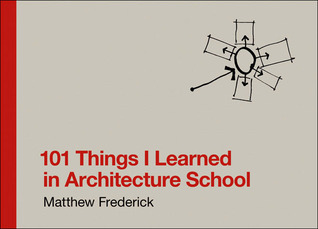More on this book
Community
Kindle Notes & Highlights
Read between
January 4, 2020 - April 25, 2023
An architect is a generalist, not a specialist-the conductor of a symphony, not a virtuoso who plays every instrument perfectly. As a practitioner, an architect coordinates a team of professionals that include structural and mechanical engineers, interior designers, building-code consultants, landscape architects, specifications writers, contractors, and specialists from other disciplines. Typically, the interests of some team members will compete with the interests of others. An architect must know enough about each discipline to negotiate and synthesize competing demands while honoring the
...more
The cardinal points of the compass offer associations of meaning that can enhance architectural experience.
EAST: youthfulness, innocence, freshness
SOUTH: activity, clarity, simplicity
WEST: aging, questioning, wisdom
NORTH: maturity, acceptance, death
Such associations, while not absolute, can help you decide where to locate various spaces and activities on a site or within a building: What might compass orientation suggest about the placement of a mortuary, a worship space, an adult education lecture hall, or an infant nursery?
What sort of superstitious nonsense is this?! At least offer an explanation for why these associations might exist.
I made the above note while reading, on reflection perhaps I am being harsh, there is truth that due to light and cultural associations North, West, East and South have different connotations. Yet to state this as a fact for all times, places and cultures with no rational seems profoundly unhelpful. If these associations are due to culture then they must be understood as such before being used, otherwise a student who reads this could blindly apply this guidance in an irrelevant (or irreverent!) way. I don't think this is helpful advice and is certainly not useful for a student of architecture (at least without considerable additional explanation).


